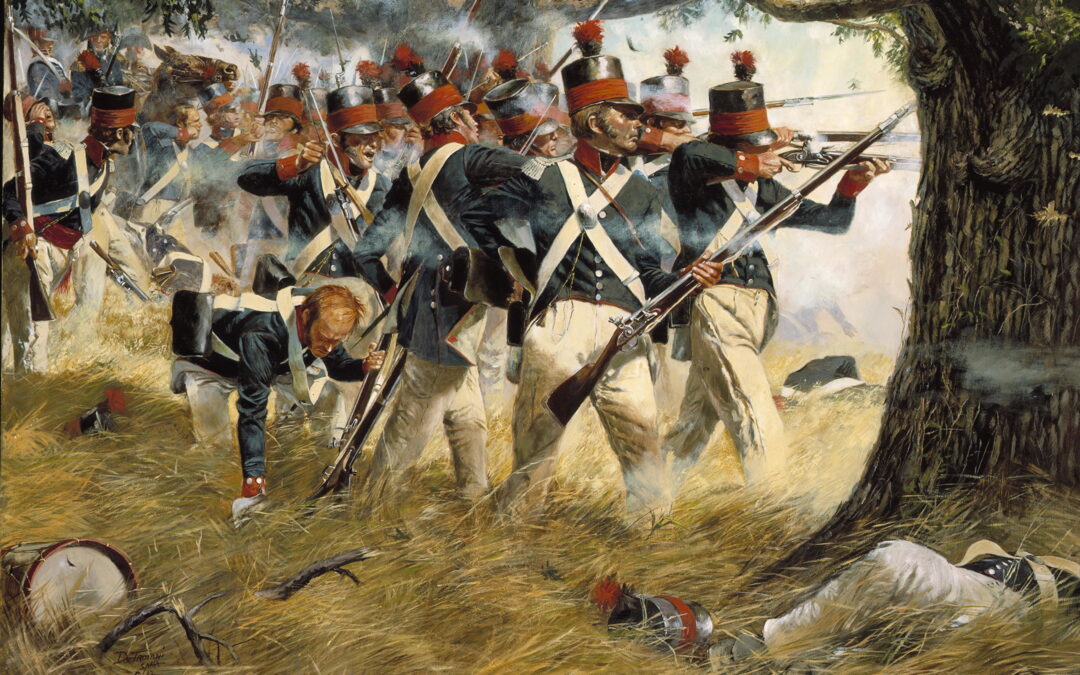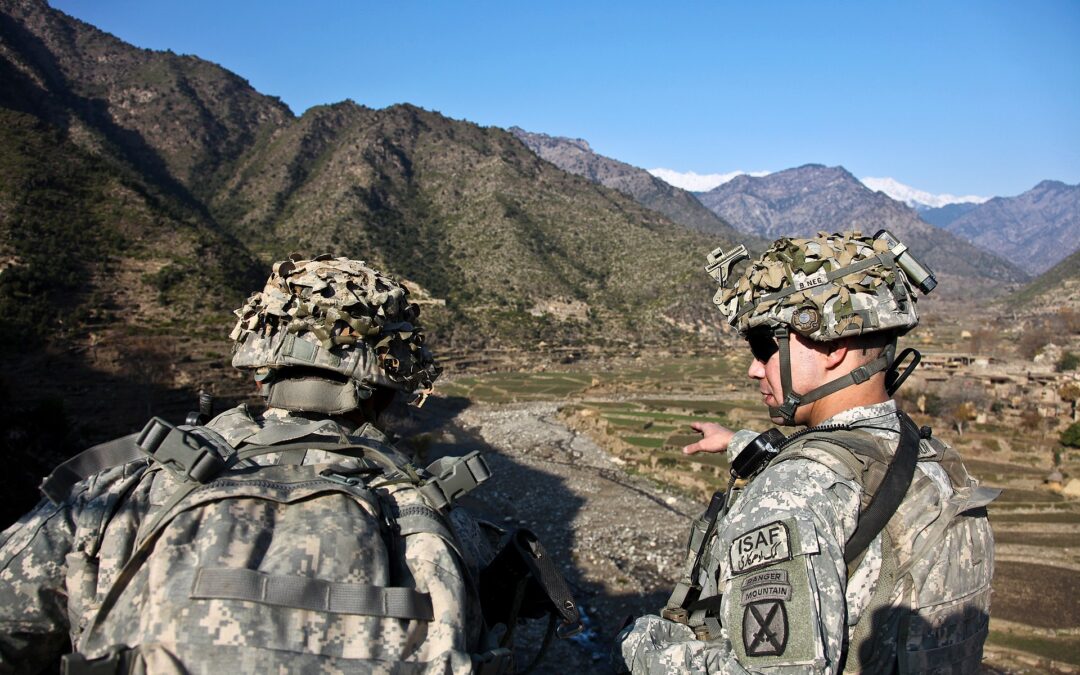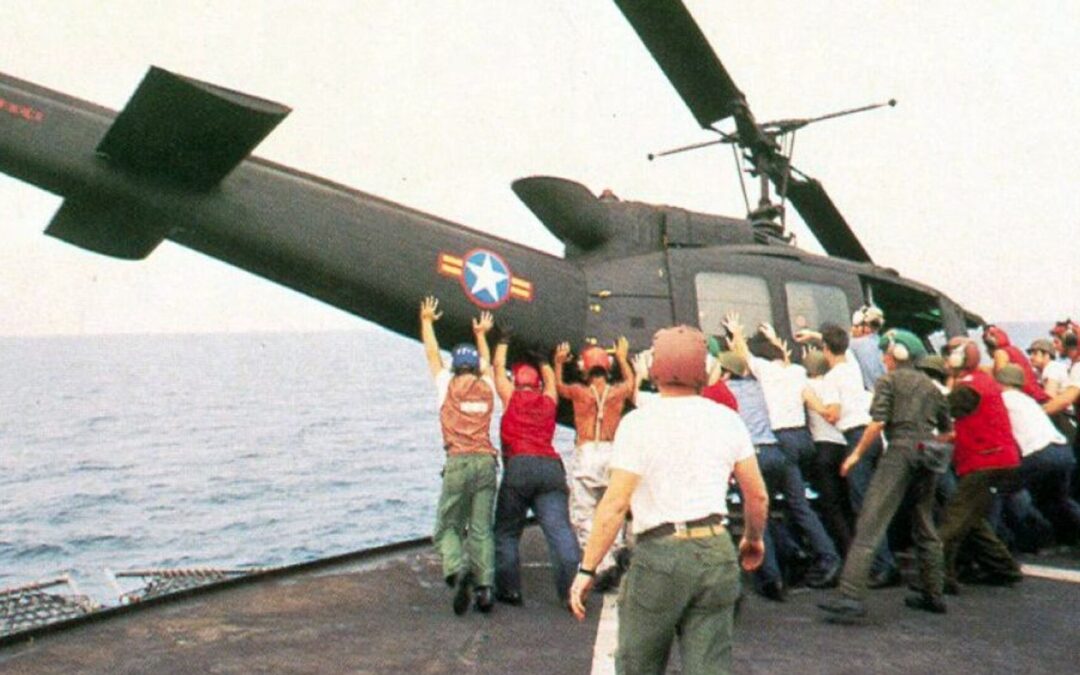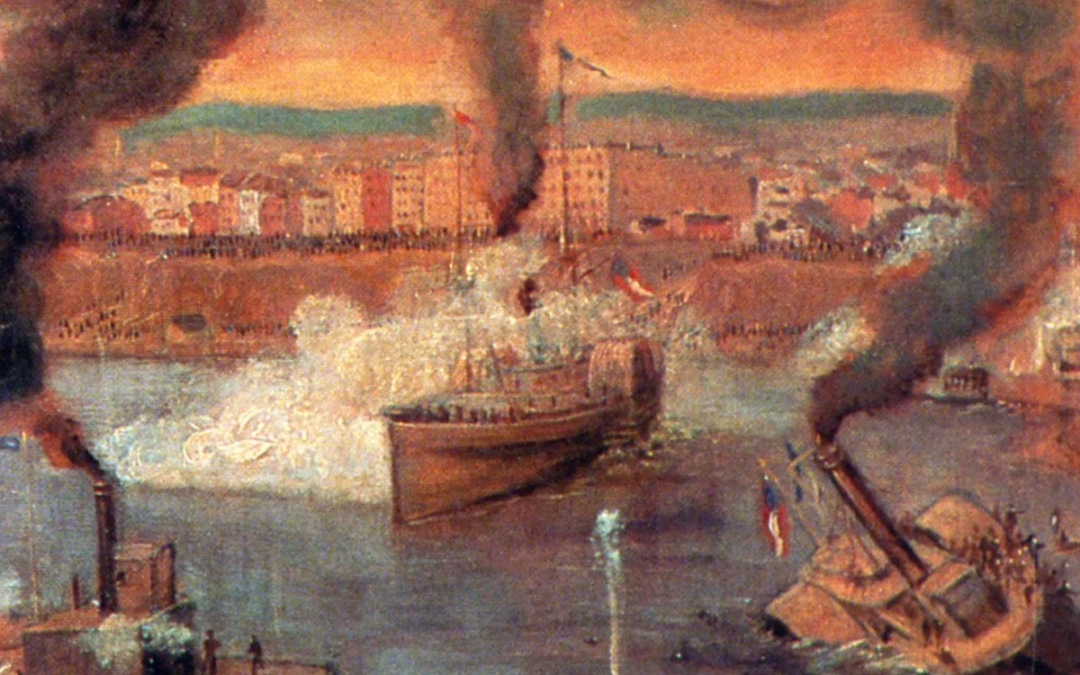Every American is familiar with the words of Francis Scott Key's epic poem-turned song-turned national anthem. "Whose broad stripes and bright stars through the perilous fight, O'er the ramparts we watch'd, were so gallantly streaming?" As we stand there, listening to the words while waiting for our football or baseball game to start, it likely doesn't occur to us just how miraculous it was for the broad stripes and bright stars to still be gallantly streaming that morning in September 1814. At the outset of the battle, things looked pretty grim for the Americans. The Siege of Fort McHenry: Inspiration for Our National Anthem When the War of 1812 began, Britain was fighting a defensive war, mainly because it was focused on defeating Napoleon in Europe. When Napoleon was exiled to Elba in May 1814, the Royal Navy was free to take the offensive – and it did, in a big way. The U.S. saw success in the Great Lakes and against Britain's American Indian allies, but the Royal Navy...











